We finally took the large rocks out of the floor of Unit 5. One of them turned out to be something unexpected (I won't spoil is so you can enjoy the moment with us on the video). The other turned out to be . . . well, watch the video for that also.
My arms and hands began blooming with poison ivy rash at about 2:00 on Saturday morning. Last week it took a couple of days before I started to feel the irritation. My folk theory is that the lack of rain allows the oils to build up and concentrate. Spring is aggressive and early here: plants and animals move into the excavation areas during our week-long absences from the site.
Enjoy the video!
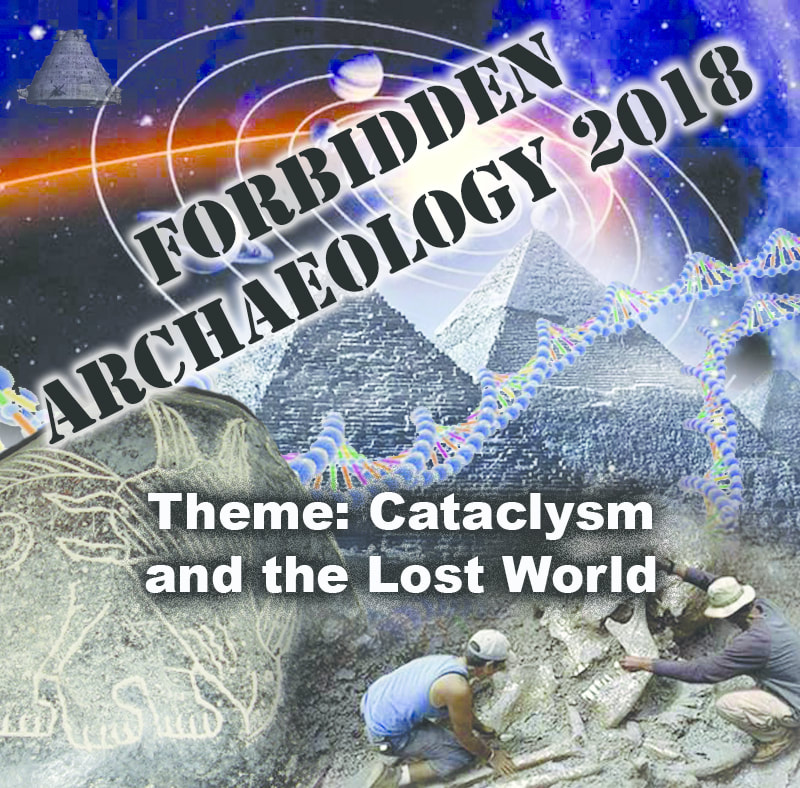
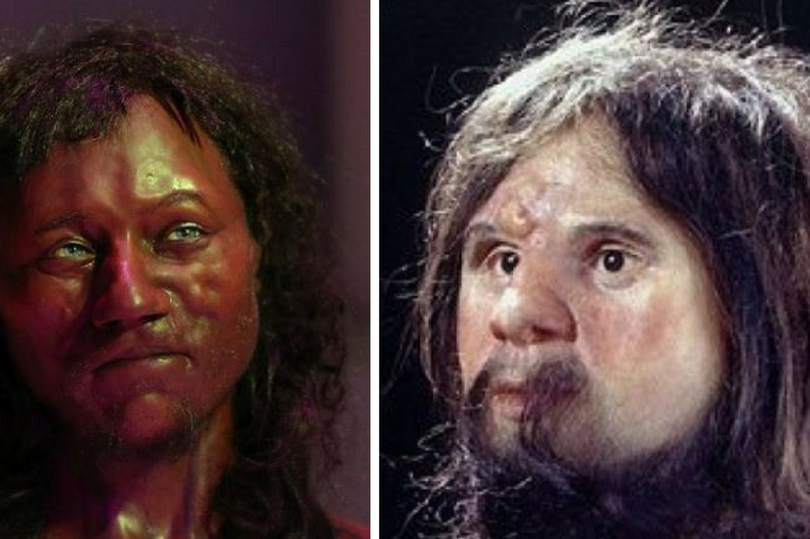
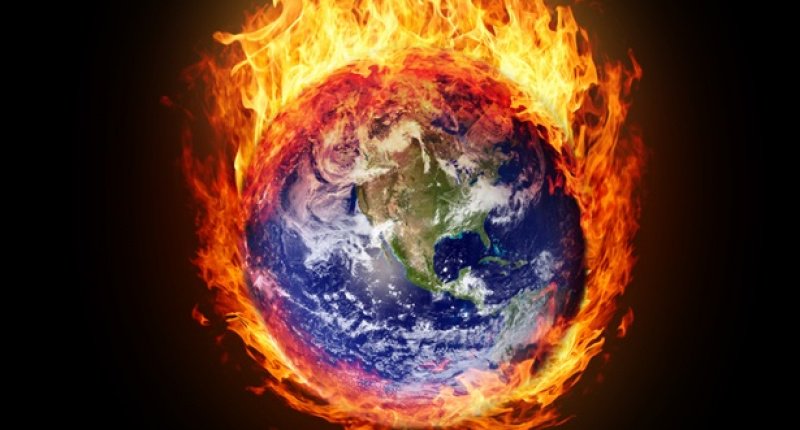
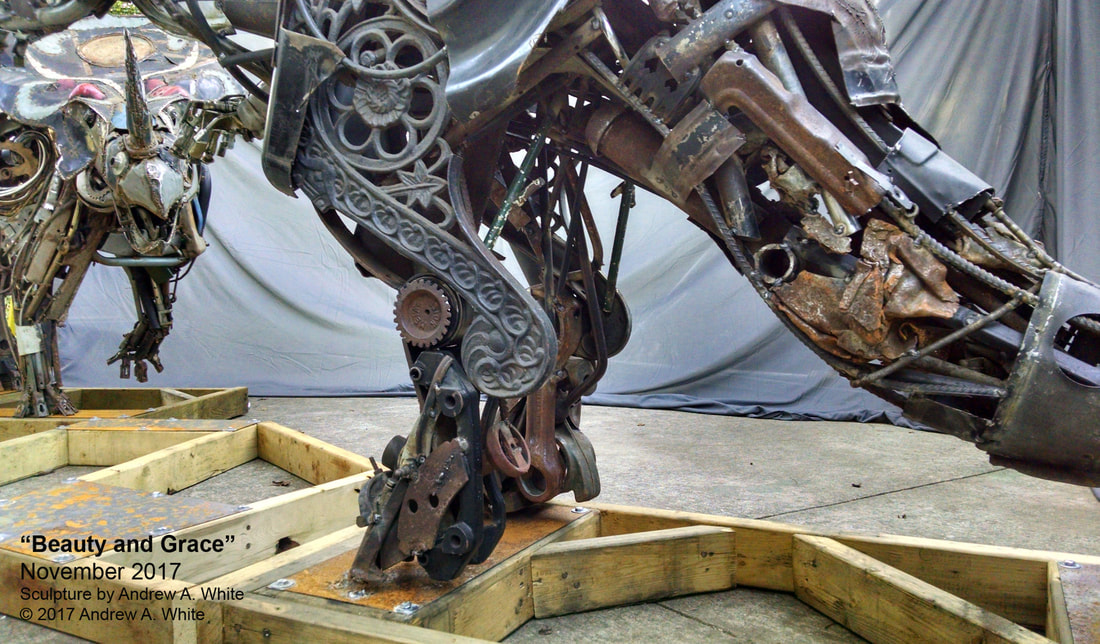
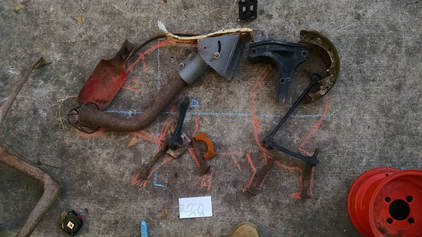



 RSS Feed
RSS Feed
